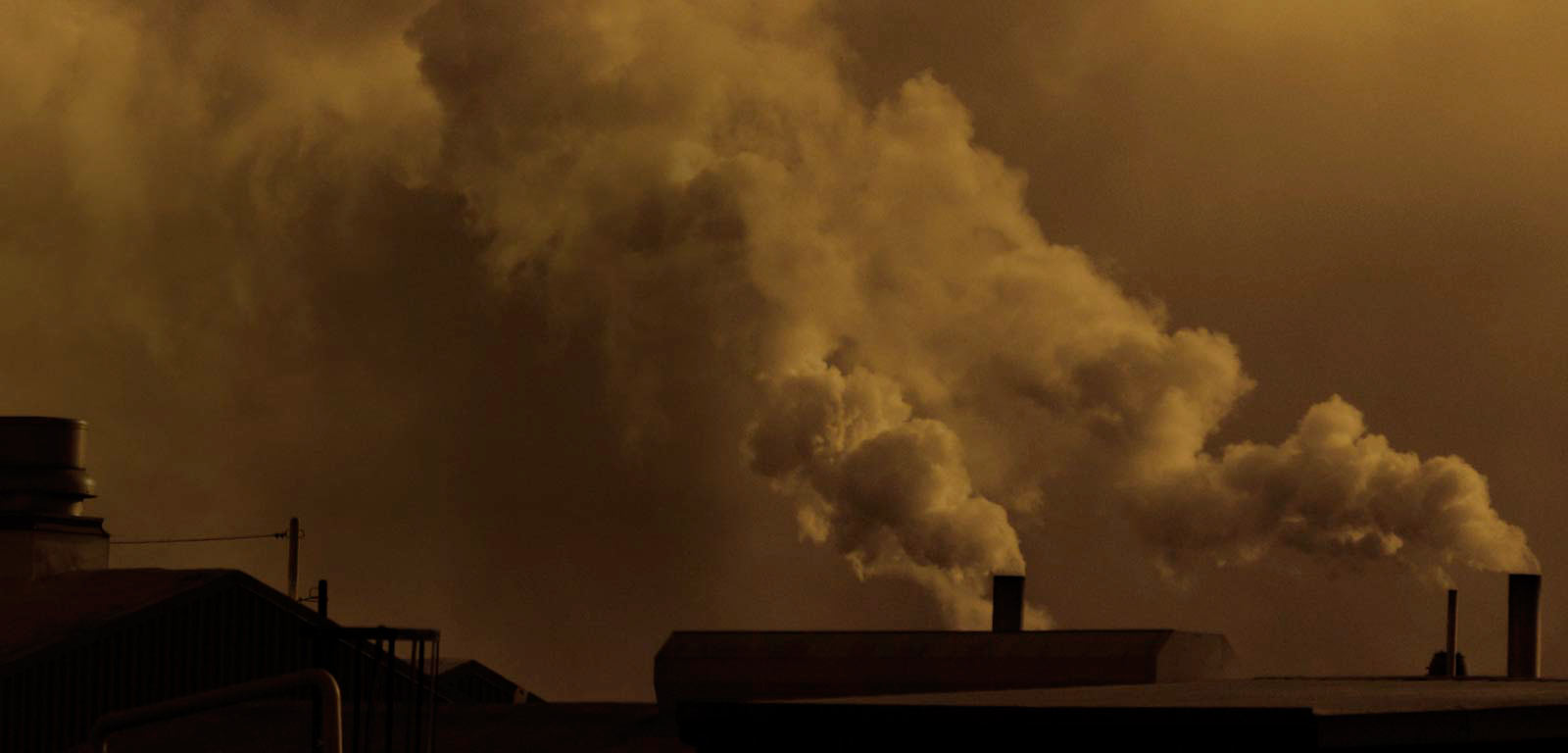Subject
Histology and Histopathology of Aquatic Animals
General details of the subject
- Mode
- Face-to-face degree course
- Language
- English
Description and contextualization of the subject
Introductory comparative histology. Molluscs and fish normal histology. Bio- and histopathology. Molluscs and fish histopathology. Histopathology in pollution assessment. Practicals: microscopy, data mining. Workshop: toxicological pathology.Teaching staff
| Name | Institution | Category | Doctor | Teaching profile | Area | |
|---|---|---|---|---|---|---|
| GARCIA VELASCO, NEREA | University of the Basque Country | Doctor | Bilingual | Cellular Biology | nerea.garcia@ehu.eus | |
| IZAGUIRRE ARAMAYONA, URTZI | University of the Basque Country | Profesorado Agregado | Doctor | Bilingual | Cellular Biology | urtzi.izagirre@ehu.eus |
| SOTO LOPEZ, MANUEL | University of the Basque Country | Profesorado Catedratico De Universidad | Doctor | Bilingual | Cellular Biology | manu.soto@ehu.eus |
| ZALDIBAR ARAMBURU, BEÑAT | University of the Basque Country | Profesorado Agregado | Doctor | Bilingual | Cellular Biology | benat.zaldibar@ehu.eus |
Competencies
| Name | Weight |
|---|---|
| Know the normal and pathological histology of marine animal species: mainly fishes, molluscs and crustaceans. | 25.0 % |
| Identify histopathological alterations of viral, bacterial, parasitic and toxic (due to pollutant exposure) ethiology | 25.0 % |
| Characterise the cellular and molecular mechanisms involved in pathological damage and organismal defence. | 25.0 % |
| Key skills in sampling, examination and diagnostic techniques in feral marine animals | 25.0 % |
Study types
| Type | Face-to-face hours | Non face-to-face hours | Total hours |
|---|---|---|---|
| Lecture-based | 20 | 40 | 60 |
| Seminar | 5 | 10 | 15 |
| Applied laboratory-based groups | 14 | 5 | 19 |
| Applied computer-based groups | 1 | 5 | 6 |
Training activities
| Name | Hours | Percentage of classroom teaching |
|---|---|---|
| Computer practicals | 6.0 | 20 % |
| Laboratory practicals | 19.0 | 74 % |
| Lectures | 60.0 | 33 % |
| Seminars | 15.0 | 33 % |
Assessment systems
| Name | Minimum weighting | Maximum weighting |
|---|---|---|
| Assistance is compulsory. Active participation in open discussions in lectures, seminars and practicals is required | 0.0 % | 20.0 % |
| Practical tasks | 80.0 % | 100.0 % |
Ordinary call: orientations and renunciation
Las condiciones de renuncia a la convocatoria ordinaria se rigen por la Normativa de permanencia del alumnado de los másteres universitarios aprobada por el acuerdo de consejo social de la UPV/EHU el 22 de Julio de 2015. En todo caso habrá que comunicar por escrito al profesor(a) responsable de la asignatura la renuncia a la convocatoria, antes de la primera prueba de evaluación de la asignatura.El método de evaluación incluido en esta guía puede sufrir cambios si las directrices de las autoridades sanitarias así lo estableciesen. Las modificaciones a adoptar se anunciarían oportunamente, contando con las estrategias y herramientas necesarias para garantizar el derecho del alumnado a ser evaluado con equidad y justicia.
Extraordinary call: orientations and renunciation
Condiciones de evaluación a discutir con el profesorado.Las condiciones de renuncia a la convocatoria ordinaria se rigen por la Normativa de permanencia del alumnado de los másteres universitarios aprobada por el acuerdo de consejo social de la UPV/EHU el 22 de Julio de 2015. En todo caso habrá que comunicar por escrito al profesor(a) responsable de la asignatura la renuncia a la convocatoria, antes de la primera prueba de evaluación de la asignatura.
El método de evaluación incluido en esta guía puede sufrir cambios si las directrices de las autoridades sanitarias así lo estableciesen. Las modificaciones a adoptar se anunciarían oportunamente, contando con las estrategias y herramientas necesarias para garantizar el derecho del alumnado a ser evaluado con equidad y justicia.
Temary
INTRODUCTORY REMARKS AND MOLLUSC HISTOLOGY1.- Introduction to comparative histology of aquatic animals.
2.- Normal histology of molluscs.
3.- Biopathology and histopathology: basic concepts.
MOLLUSC HISTOPATHOLOGY
4.- General histopathology of molluscs.
5.- Toxicopathology in molluscs.
6.-Neoplastic lesions in molluscs
7.- Natural variability and temporal trends in histopathological lesions in molluscs.
FISH HISTOLOGY
8.- General normal histology of fishes.
9.- Introduction of general histopathology in fish.
10.- Mechanisms of chemical carcinogenesis in fish liver.
11.-Carcinogenic lesions in fish.
MOLLUSC AND FISH HISTOPATHOLOGY IN ECOSYSTEM HEALTH ASSESSMENT
12.- Quantitative fish and shellfish histopathology.
13.- Fish and bivalve pathology in relation to pollution: quality assurance.
14.- Histopathology in marine ecosystem health assessment: Mussel Watch and Fish Disease Monitoring programmes.
PRACTICALS
Practical session 1: Microscopical observation of molluscan tissues.
Practical session 2: Microscopical observations on general molluscan histopathology.
Practical session 3: Microscopical observations on general molluscan histopathology (cont.) and identification of neoplastic lesions.
Practical session 4:Microscopical observation of fish tissues.
Practical session 5: Microscopical observations on fish histopathology.
Practical session 6: Navigating through the web searching databases and images on histopathology of aquatic animals.
Bibliography
Basic bibliography
Pathobiology of marine and estuarine organisms. Couch, JA; Fournie, JW. CRC Press, Boca Raton, Florida, USA, 1993.Fish and shellfish pathology. Ellis, AE. Academic Press. London, UK, 1985.
Sistemic fish pathology. Ferguson, HW. Iowa State Univ. Press, 1989.
Patología molecular. Gonzáles de Buitrago, JM; Medina, JM. McGraw.Hill/Interamericana. Madrid, España, 2001.
Fish diseases and disorders. Vol 2. Non-infectious disorders. Leatherland, JF; Woo PTK. CABI Publ., Oxon, UK, 1995.
Fish as sentinels of environmental health. Murchelano, RA. NOAA, US Dept, Commerce, Woods Hole MA, USA,1988.
Histopathology atlas of the registry of marine pathology. Murchelano, RA; MacLean, SA. NOAA, US Dept. Commerce, Osford MD, USA, 1990.
Fish Pathology. Roberts, RJ. WB Saunders, London, 2001.
Fish disease and marine pollution. Vethaak, AD. National Institute for Coastal and Marine Management/RIZK, Amsterdam, 1993.
Fish deseases and disorders. Vol 1. Protozoan and metazoan infections. Woo, PTK. CABI Publ., Oxon, UK, 1995.
Links
http://training.fws.gov/BART/fish/histo2.htmlhttp://aquaticpath.umd.edu/index.html
http://www.OIE.int/eng/normes/fmanual/a_SUMMRY.htm
http://www.vims.edu/newsmedia/press_release/croaker.htm
http://sciencepark.mdanderson.org/histology/pathfish.html
http://www.seagrant.umaine.edu
http://www.pac.dfo-mpo.gc.ca
http://pathology.iim.csic.es
http://www.ulb.ac.be/sciences/biodic/histofish/Main.htm
http://www.disease-watch.com/documents/CD/index/histopage/esc.htm
http://www.soi.wide.ad.jp/class/20030032
http://www.pathology-registry.org/index_1.asp


